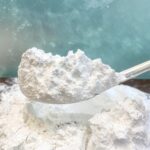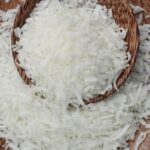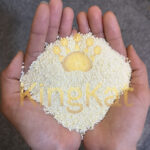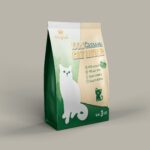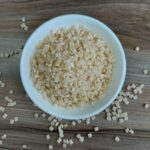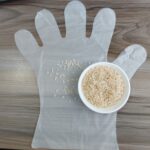CASHEW NUT SHELL OIL
Dried coconut meat is a staple ingredient in the food and cosmetic industries, known for its rich flavor and high nutritional value. But do you know how this versatile product is made? In this article, we’ll take you through the detailed production process of dried coconut meat and highlight why it’s becoming a global favorite.
1. What Is Desiccated Coconut?
Desiccated coconut refers to fresh coconut meat that has been grated and dried to remove moisture. It is widely used in baking, cooking, and even skincare products due to its natural aroma, flavor, and long shelf life.
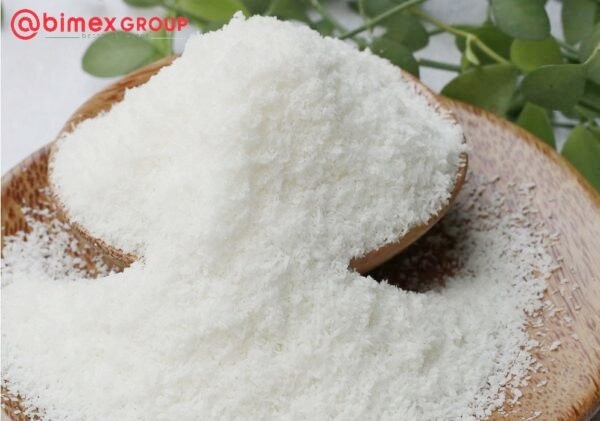
2. Step-by-Step Production Process of Desiccated Coconut
Table of Contents
ToggleStep 1: Selecting High-Quality Coconuts
The process begins with harvesting mature coconuts that have thick and firm meat. Mature coconuts are preferred because of their high oil content, which enhances flavor and texture. Only fresh and undamaged coconuts are used to ensure premium quality.
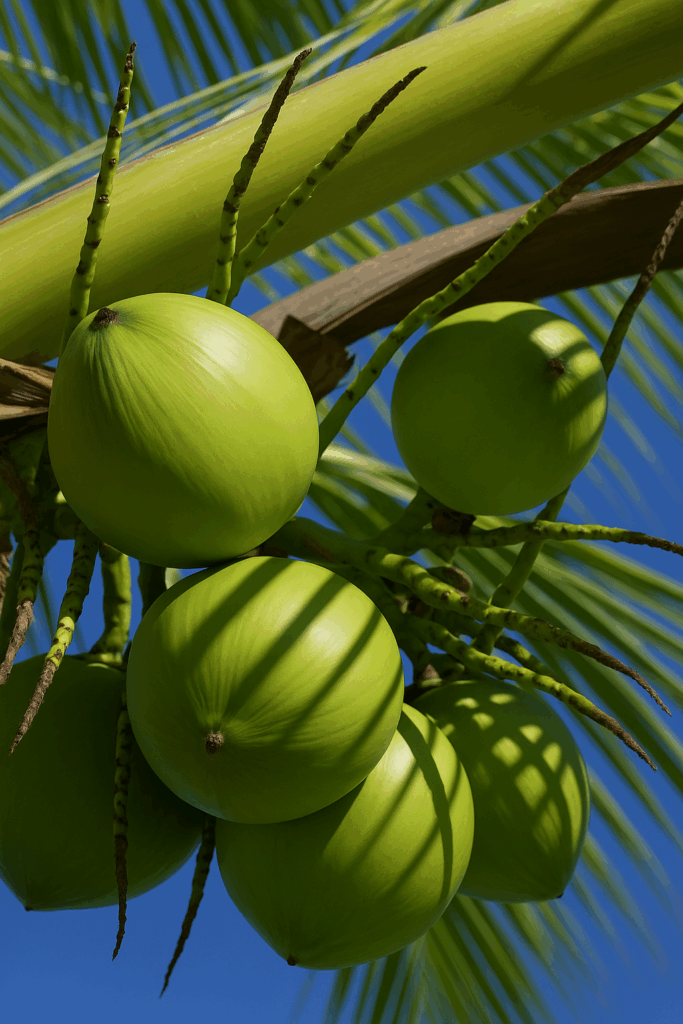
Step 2: Husking and Shelling
After harvesting, the coconuts are husked to remove the tough outer layer. The inner hard shell and the thin brown skin (testa) surrounding the meat are also removed, leaving only the pure white coconut meat.
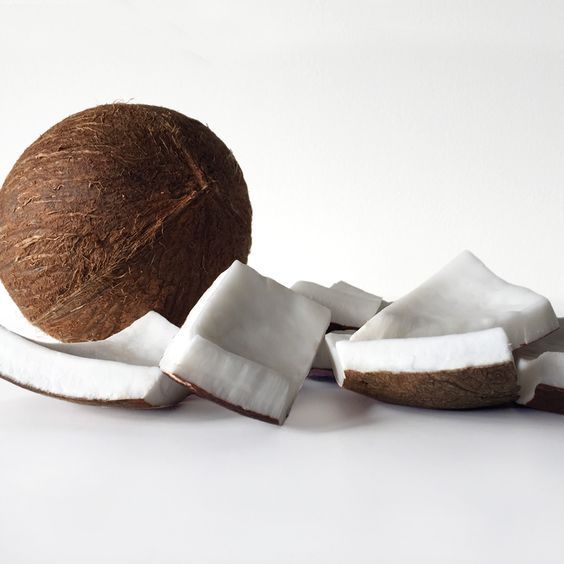
Step 3: Washing and Cleaning
The coconut meat is washed multiple times using clean, fresh water. This step is crucial to remove any impurities, dirt, or residual oils. Proper cleaning ensures that the desiccated coconut meets food safety standards.
Step 4: Shredding or Grating
Once cleaned, the coconut meat is shredded into fine pieces or flakes, depending on its intended use. For example:
- Fine shreds are used for baking.
- Larger flakes are popular for decorating desserts or making trail mixes.
This step determines the texture and versatility of the final product.
Step 5: Drying
Drying is the core step in the production process. The shredded coconut is dried to reduce its moisture content to below 3%, ensuring long shelf life. There are two common methods:
- Hot Air Drying: Warm air is circulated to remove moisture, retaining the coconut’s crunch and natural aroma.
- Freeze Drying: The coconut is frozen and then dried under vacuum conditions, preserving its nutrients, flavor, and color.
Step 6: Cooling and Storage
Once dried, the coconut is cooled to room temperature to avoid condensation, which can lead to mold or spoilage. It is then stored in a controlled environment to maintain freshness.
Step 7: Packaging and Distribution
The final step is packaging. Desiccated coconut is vacuum-sealed or packed in airtight bags to protect it from contaminants and ensure freshness. It is then distributed to local and international markets.
Conclusion
The production of desiccated coconut is a meticulous process that combines traditional methods with modern technology. From harvesting to packaging, every step is designed to deliver a high-quality product that meets the demands of global consumers. Whether you’re in the food business or a health-conscious consumer, desiccated coconut is a must-have ingredient that adds value to any dish or product.

